Top 5 Books for Sharpening Your OSINT Skills in 2025
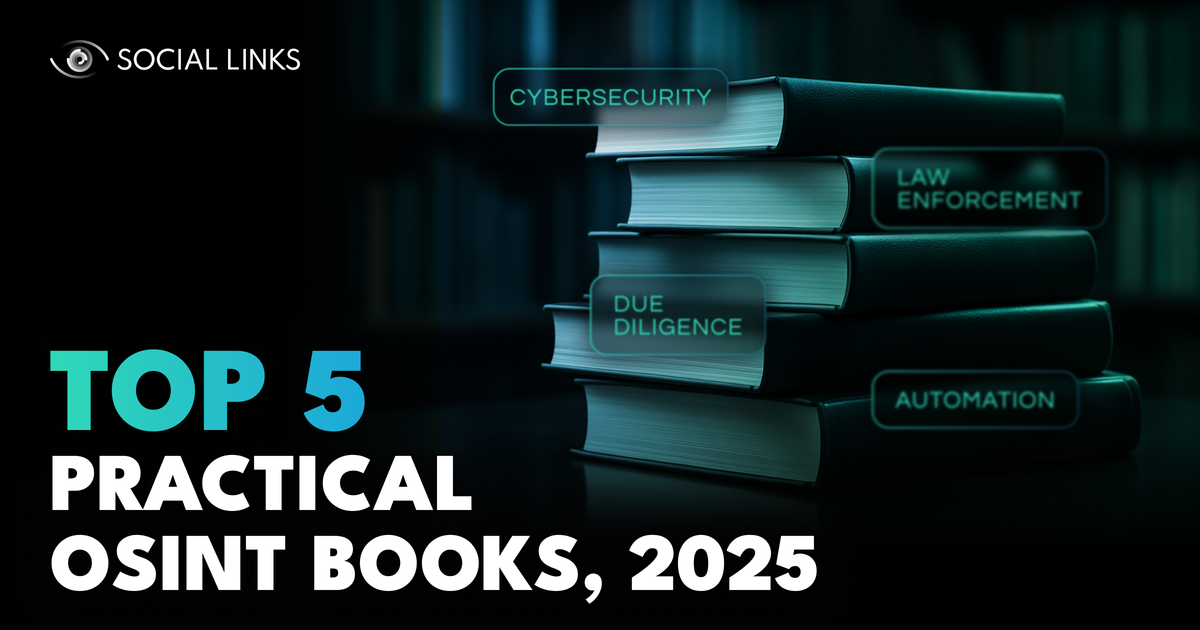

While there are a number of great learning resources online, when it comes to structured and comprehensive ways to deepen your knowledge in a given area, it’s difficult to beat a good old book—especially in the vast and at times bewildering discipline of OSINT. But when there are a wealth of publications out there, how do you choose a title that will most quickly and effectively develop your skill set? For those who want a clearer understanding of how the discipline has evolved and why certain approaches matter today, a good starting point is What Is Open-Source Intelligence (OSINT) in 2025, which provides the broader context behind many of the skills these books aim to develop.
Well don’t worry because today we’re digging into our considerable experience to guide you through this tricky decision-making process. Whether you’re just starting out or an old hand, this guide will help you choose the best title for developing your OSINT skills in 2025, and help you apply your knowledge once you actually have your book in hand.
Okay so before we get into the books themselves, let’s first take a moment to think about how to clarify your actual situation and needs. With so many OSINT books available, picking the right title will depend on your proficiency, professional background, and goals. Before choosing a title, it helps to understand the fundamentals of modern investigations and how OSINT fits into different intelligence workflows. For a broader strategic view, see how OSINT methodologies are applied in criminal investigations. Here’s some pointers on how to narrow your search down and make your reading time count — and if you want a deeper look at how OSINT frameworks actually work in real investigations, check out our guide on the OSINT Framework, which pairs perfectly with the learning process described here.
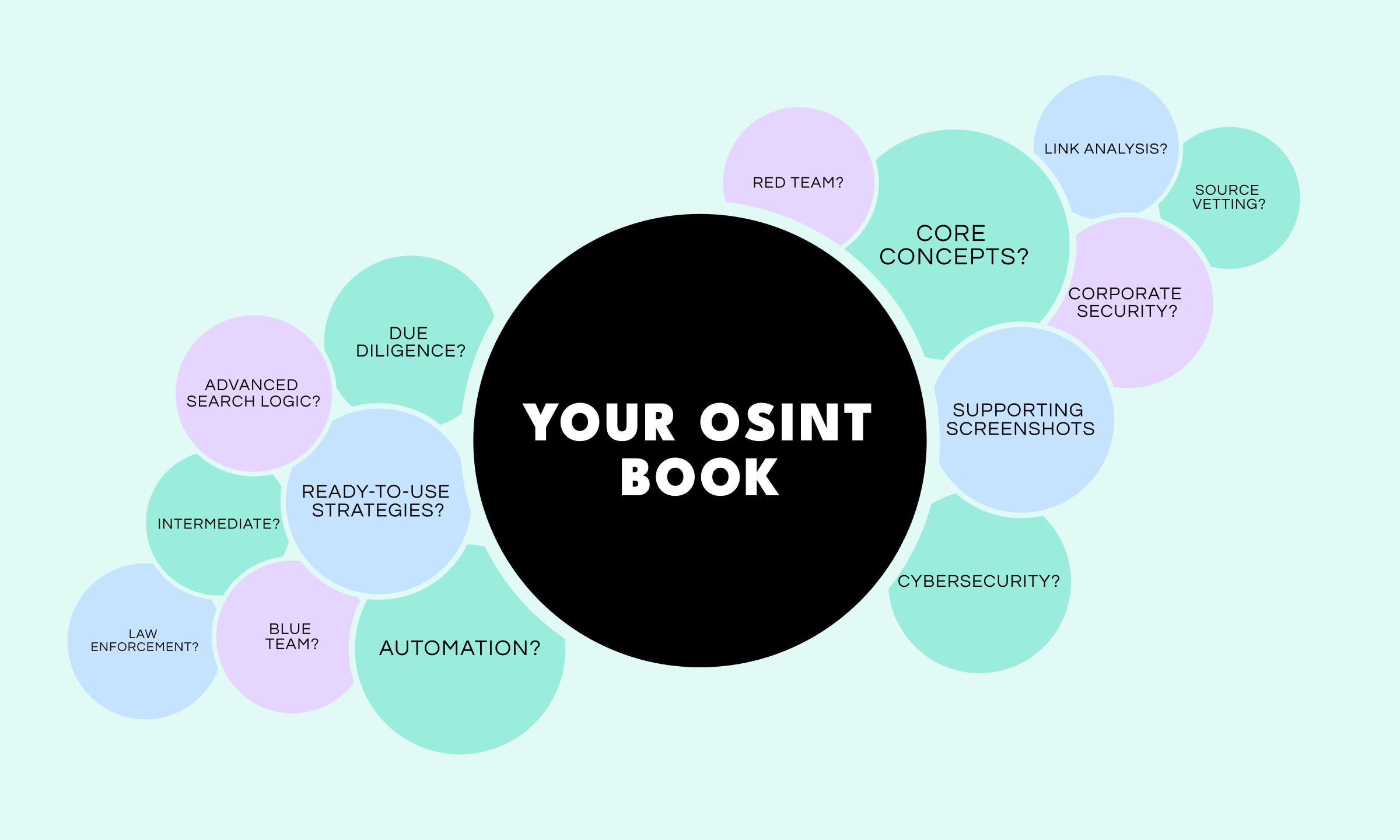
With OSINT being applied in an ever expanding range of areas, it’s important to think about the professional sphere you occupy and that which a given book leans towards. Are you in law enforcement? Cybersecurity? Journalism? Corporate security? If you choose a book that aligns with the types of investigations you conduct, you can be more confident you’re maximizing its usefulness.
Without further ado then, here’s our curated list of book recommendations in 2025 for honing your OSINT skill set. While our selection gives options for different levels—from beginners to seasoned pros—as well as a range of investigation spheres, they all combine solid theory with tried-and-tested techniques.
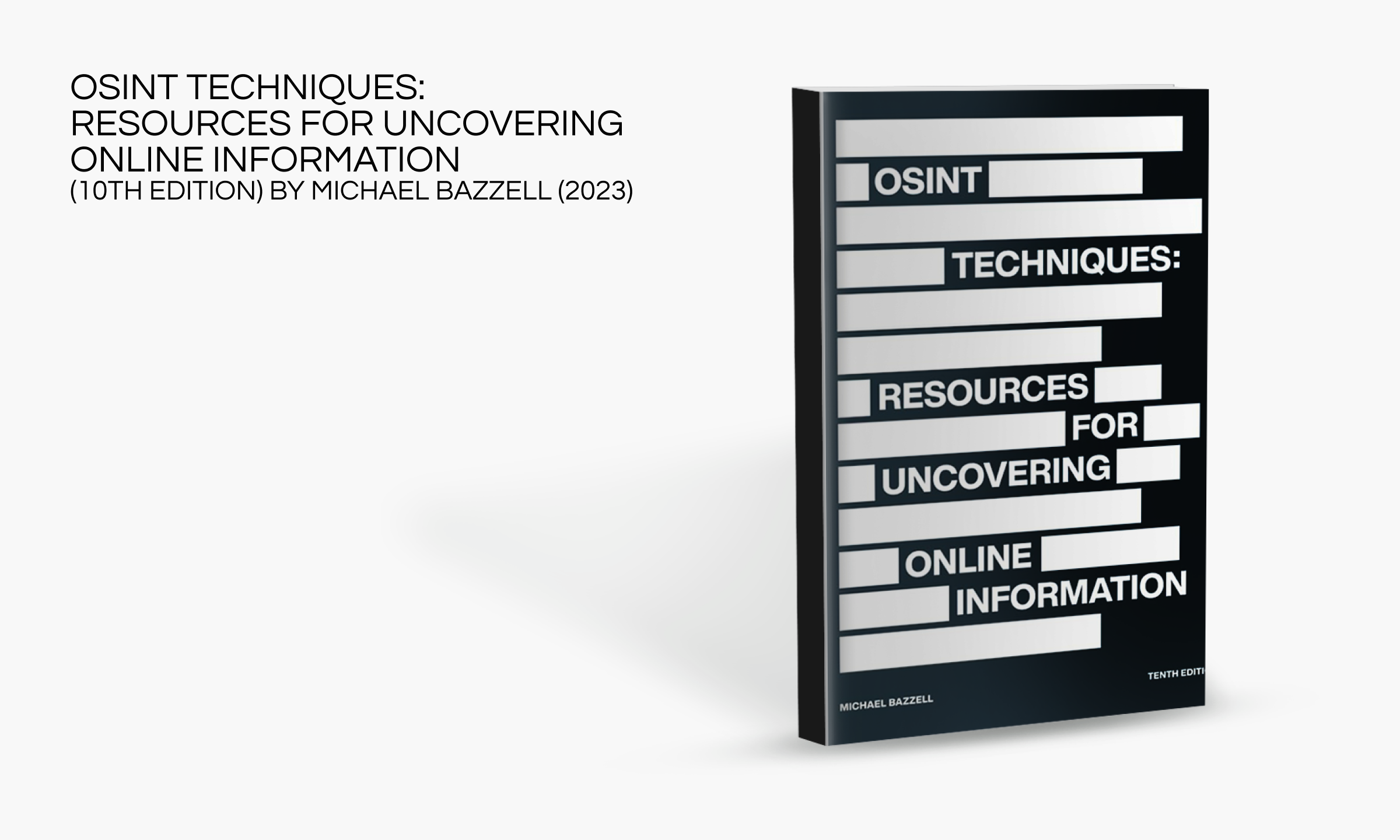
Best for: Intermediate to advanced OSINT practitioners
Overview: Michael Bazzell’s long-standing bestseller continues to evolve along with the latest tools and methods. Besides its wide-ranging coverage of the OSINT essentials and beyond, the 10th edition has been expanded to include guidance on leading-edge techniques such as browser fingerprinting, metadata removal, and covert identity creation. It also offers downloadable tools and real-world scenarios that OSINT professionals face — the kind of workflows that become even more powerful when paired with structured multi-source intelligence from dedicated OSINT websites and resources, helping analysts validate findings and deepen investigative context.

Best for: Investigators who depend on anonymity and effective digital footprinting
Overview: This book offers a rich range of methods for tracking online behavior and uncovering masked identities. It’s extremely relevant for law enforcement applications and anyone whose work requires a deep understanding of how threat actors evade detection—and how to follow their trails. Many of these techniques align closely with modern approaches to digital-footprint investigations, where tracing identifiers, correlations, and behavioral patterns plays a central role in unmasking malicious actors.
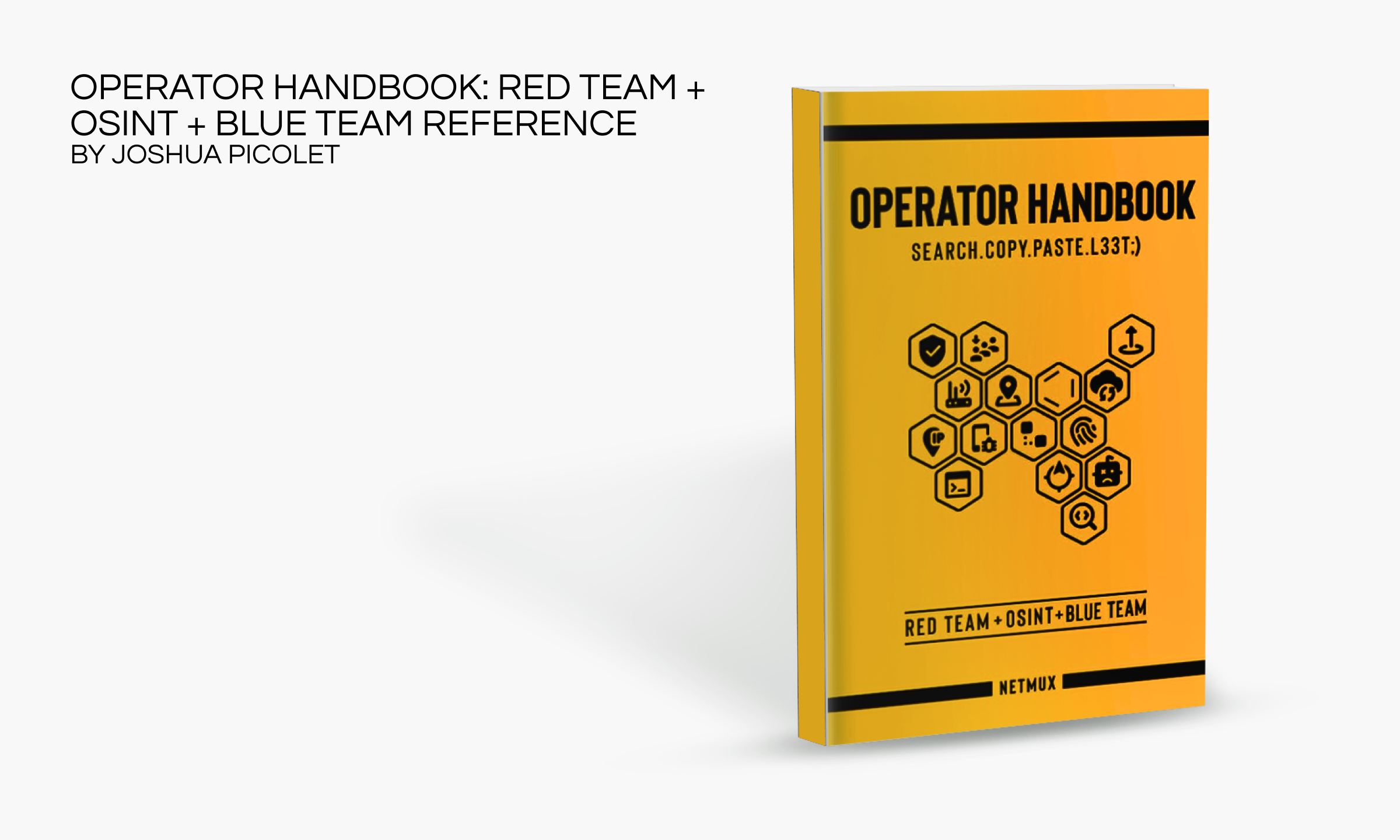
Best for: Cybersecurity professionals
Overview: Combining three disciplines into one, this thoroughgoing guide offers cheat sheets to the most commonly deployed tools and techniques in the cybersecurity arsenal. At the same time it’s structured in a way that removes artificial distinctions that tend to needlessly separate the much-overlapping disciplines of red team, OSINT, and blue team, providing a more holistic approach that will help beginners and veterans alike. These cross-disciplinary workflows echo the increasing move toward API-driven cyber investigations, where automation and unified data enrichment dramatically accelerate threat analysis across red, blue, and OSINT operations.
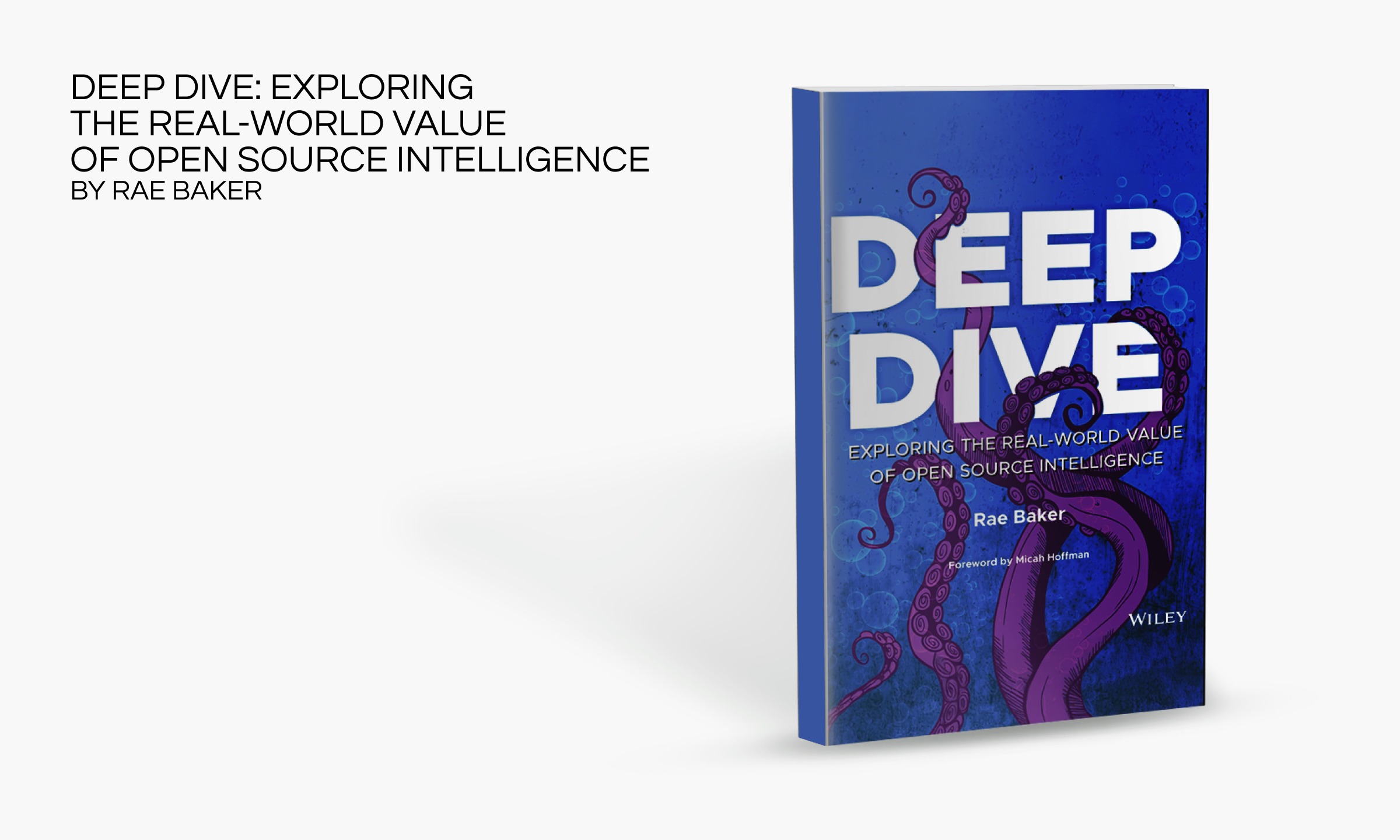
Best for: Beginners to intermediate OSINT practitioners
Overview: An authoritative introduction to practical OSINT packed with fully up-to-date methods and tools for data gathering and analysis in a fast evolving intelligence landscape, real-world case studies reinforcing a range of discipline processes, and ready-to-use strategies readers can immediately incorporate into their work. A great OSINT all-rounder.
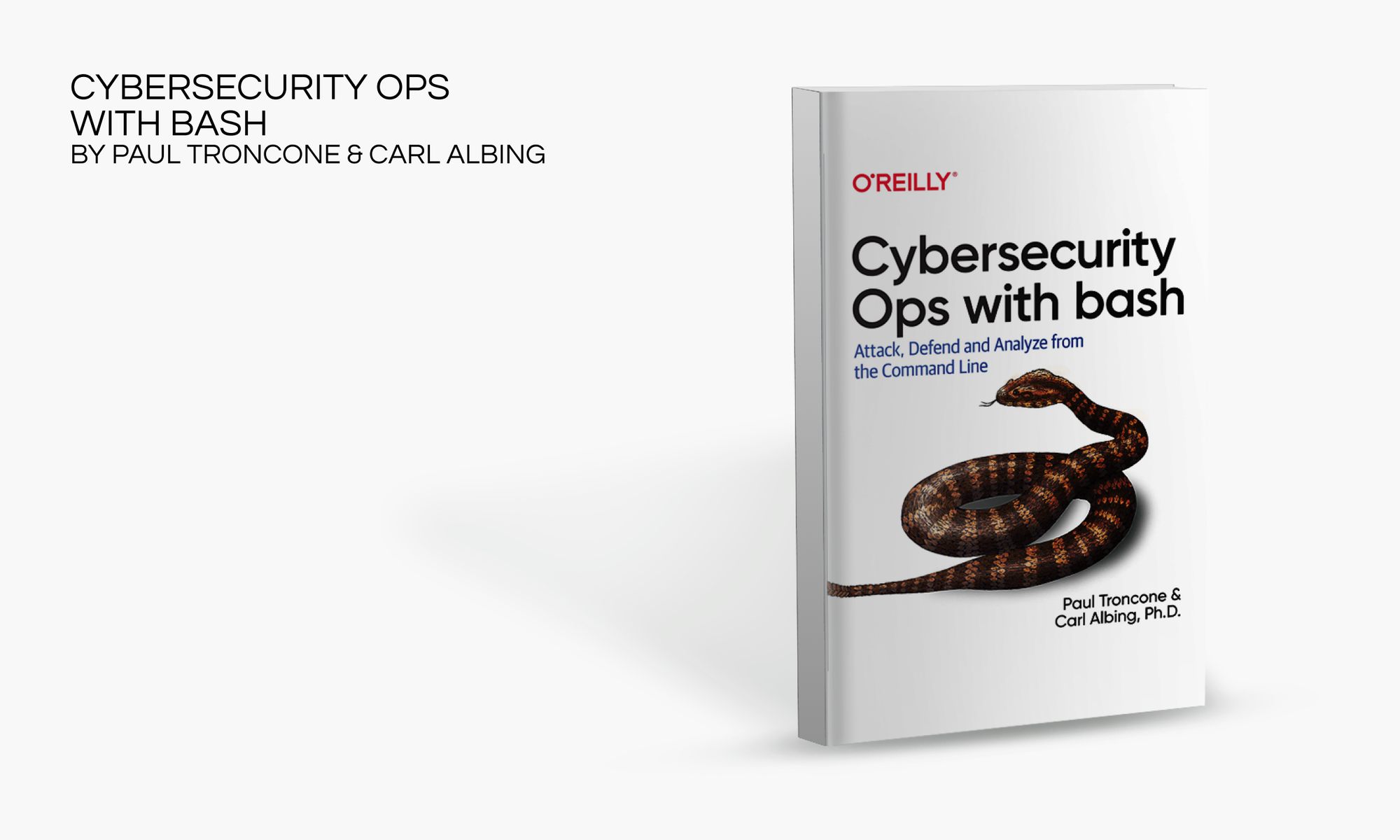
Best for: Technical users with scripting experienceOverview: A practical guide on how to harness the command-line interface for performing and automating a number of essential OSINT tasks, from data gathering and analysis to reverse engineering. While not a dedicated OSINT book per se, the scripting capabilities the text imparts makes it a valuable technical supplement to more investigation-focused titles.
OSINT knowledge is really only as valuable as the extent to which it can be applied in the real-world, and gain results. While books may lay the foundation, true proficiency in open-source intelligence can only come through the hands-on application of tools and techniques—so, here are our recommended approaches for translating theory into experience and developing your skill set.
Online observation can cut both ways so you’ll want to have a protected and sterile workspace to be confident that when you’re looking into the movements of others, there’s no one else looking into yours. By creating a controlled environment for conducting OSINT, you can practice techniques without risking exposure or having your privacy invaded. This may include:
A setup with such features will help you test tools, scripts, and workflows in a realistic yet secure space.
After digesting a given concept or chapter, take a step back and ask yourself: “How would I actually integrate this into my work?” Perhaps you have an investigation underway where you could try out this or that technique or even pivot with a whole new approach. Alternatively, you could apply the knowledge in new tasks you set yourself, such as:
The more you apply what you’ve learned in real-world contexts, the faster you’ll sharpen your skills and translate your knowledge to results.
A lot of OSINT books reference data visualization software or browser-based plugins. Don’t just read about these tools—install them. You can then get some crucial first-hand experience and experiment with what they can do. Use the book as a guide—you can try replicating examples in the literature, or expanding them with your own data sources.
Remember that there are many other people doing OSINT, and this means a huge amount of experience you can draw from. Engage with others through forums, Discord servers, or subreddit communities—you’ll find new use cases, tool updates, and challenges that will keep your knowledge up-to-date. And if you have some niche question that your book can’t answer, you’re bound to find someone who can help. Moreover, you’ll find that the feedback and shared insights you pick up from such engagement will accelerate your learning curve.
Learning OSINT isn’t about memorizing tool names—it’s about sharpening your active skill set, applying knowledge in real contexts, developing your investigative intuition, and knowing how to connect seemingly unrelated dots. The best OSINT books do more than explain a certain concept or functionality—they teach you how to think critically, act ethically, and stay adaptable in a fast-moving field.
Whether you’re getting to know the basics with Deep Dive, or elaborating more advanced workflows with the latest tools and techniques in OSINT Techniques, laying your hand on the right book can be your point of departure for a smarter, more effective approach to conducting investigations.
As the field of OSINT develops, so should your skills. Keep reading, keep practicing, and when you’re ready to scale your efforts with professional-grade tools, get in touch and find out how Social Links can help you go further with your OSINT investigations. Follow the button below for a free, personalized consultation with one of our specialists.